7 California Towns That Tried to Be the “Next Tahoe” — And Flopped
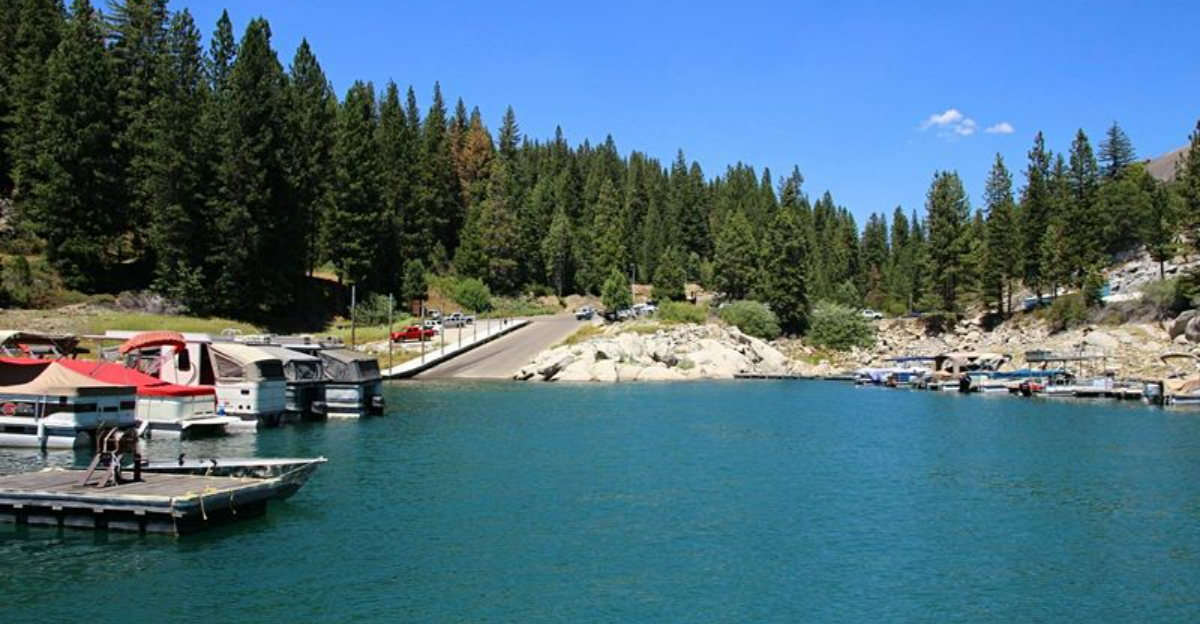
California’s Sierra Nevada mountains are home to the jewel known as Lake Tahoe, a premier destination for skiing, hiking, and lakeside relaxation. Over the decades, numerous small mountain communities have tried to capture some of Tahoe’s magic and tourism dollars.
With dreams of becoming bustling mountain getaways, these towns invested in infrastructure, marketing campaigns, and recreational facilities – only to fall short of their lofty ambitions.
1. Mammoth City: The Ghost Town That Never Roared
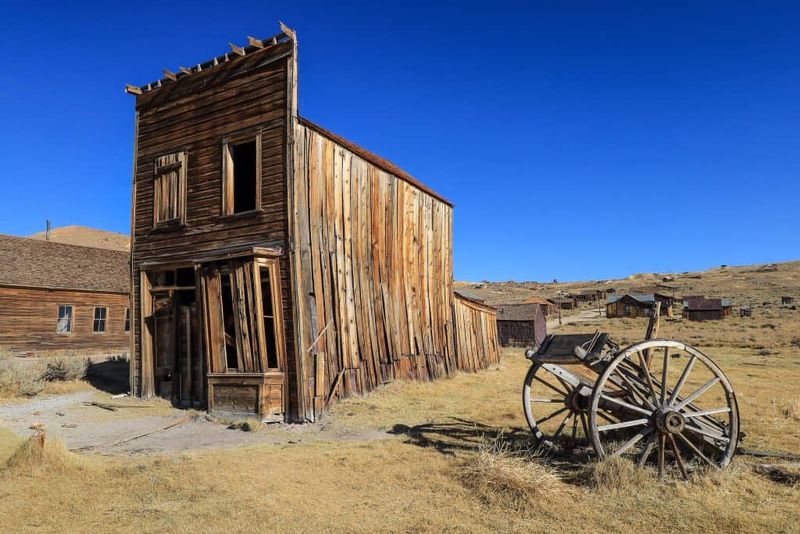
Not to be confused with thriving Mammoth Lakes, this 1870s settlement near the modern ski resort started with golden dreams. Investors poured money into creating a mountain paradise complete with hotels and recreational facilities, hoping the spectacular mountain scenery would attract tourists year-round.
Unfortunately, harsh winters and unreliable transportation routes made development nearly impossible. When the mining boom ended, so did Mammoth City. Today, only crumbling foundations remain where ambitious developers once envisioned California’s next great mountain destination.
Did you know? At its peak, Mammoth City had over 1,500 residents, a newspaper, and even its own brewery – all of which disappeared within a decade.
2. Clear Lake’s Lucerne: The “Switzerland of America” That Wasn’t
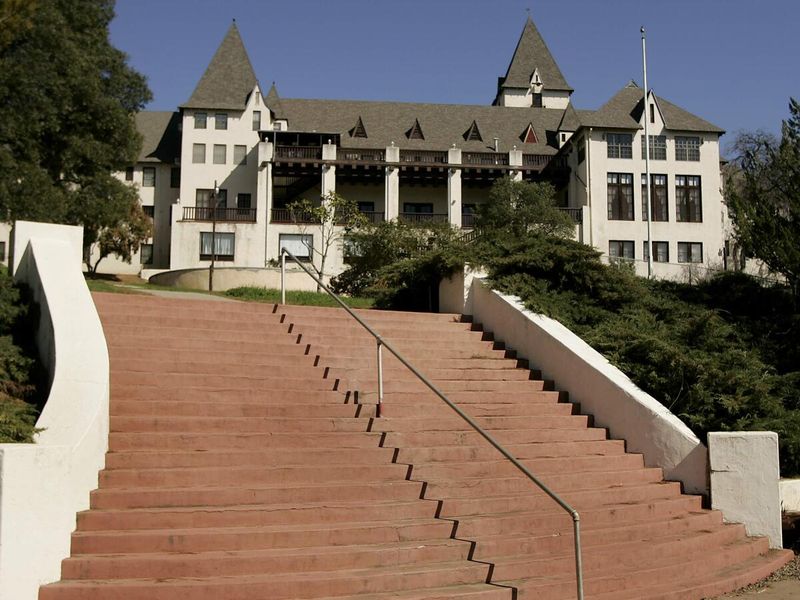
Back in the 1920s, developers branded this lakeside community as the “Switzerland of America,” hoping to create a European-style alpine resort. With its blue waters and mountain backdrop, investors believed they could transform Lucerne into California’s next great tourist destination.
Sadly, algae blooms and water quality issues plagued Clear Lake, destroying the pristine image promoters had worked hard to create. While Tahoe’s crystal waters remained a draw, Lucerne’s appeal diminished rapidly.
The town remains a quiet community today, with faded signs of its once-grand ambitions visible in the alpine-styled buildings scattered throughout. The dream of becoming California’s inland “Switzerland” remains unfulfilled.
3. Bass Lake: The “Affordable Tahoe” That Couldn’t Compete
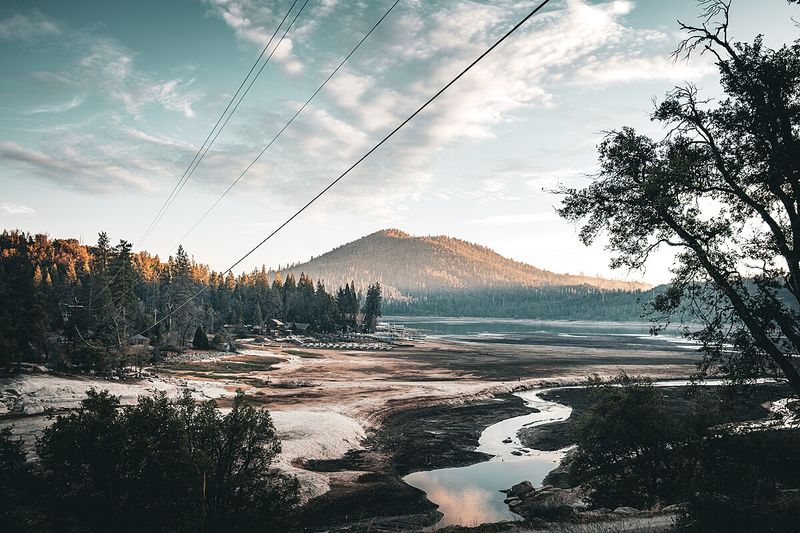
Just a short drive from Yosemite, Bass Lake was marketed as a budget-friendly alternative to Tahoe in the 1980s. Developers constructed marinas, restaurants, and vacation homes, all designed to capture overflow tourism from both Tahoe and Yosemite.
Summer droughts repeatedly lowered water levels, exposing muddy shorelines instead of picturesque beaches. The seasonal nature of the area’s appeal proved challenging too – without significant snowfall for winter sports, Bass Lake couldn’t match Tahoe’s year-round draw.
Though it maintains a loyal following of Central Valley visitors, the grand vision of becoming “the next Tahoe” faded as quickly as its shoreline during drought years. The lake remains a pleasant destination but never achieved the destination status developers envisioned.
4. Crestline: The “Arrowhead Alternative” That Stayed in the Shadows
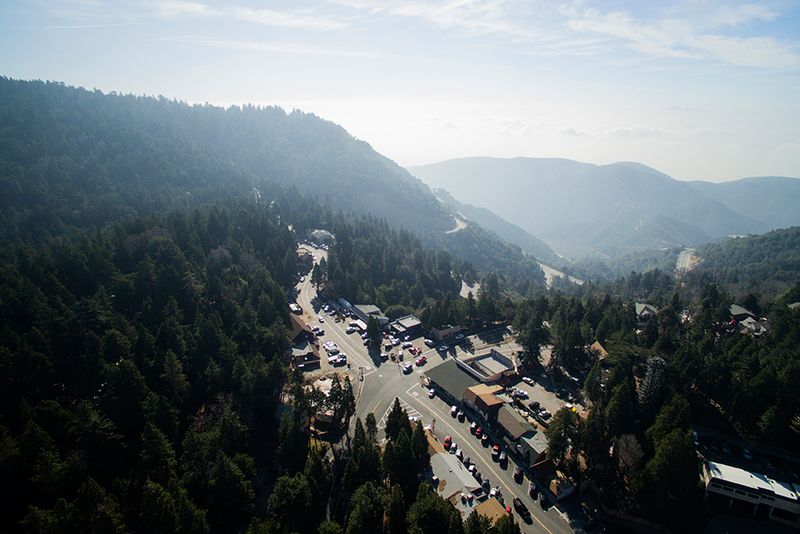
Perched in the San Bernardino Mountains, Crestline had all the ingredients for mountain resort success – pine forests, a lovely lake, and proximity to Los Angeles. In the 1960s, developers launched ambitious plans to transform it into a premier destination rivaling both Tahoe and nearby Lake Arrowhead.
What went wrong? Lake Gregory, Crestline’s centerpiece, couldn’t match Tahoe’s grandeur or Arrowhead’s exclusivity. Development restrictions and water rights issues further complicated growth plans.
Meanwhile, traffic congestion on Highway 18 made the journey increasingly frustrating for weekend visitors. Though still a pleasant mountain community, Crestline’s dreams of becoming Southern California’s answer to Tahoe remain unfulfilled, with many businesses struggling to stay open year-round.
5. Wrightwood: The Ski Resort That Climate Change Defeated
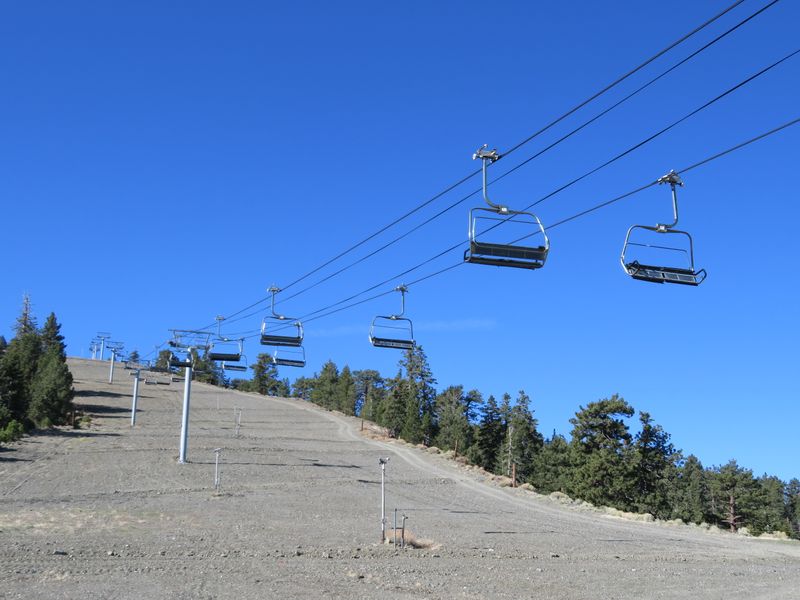
With natural snowfall and a perfect mountain setting, Wrightwood and its Mountain High Resort once positioned themselves as Southern California’s answer to Tahoe. During the 1990s, developers expanded lodging and restaurants, anticipating growing winter tourism.
Mother Nature had other plans. Increasingly warm winters and California’s extended drought turned the once-reliable snow season unpredictable. Despite investing millions in snowmaking equipment, the resort struggled to maintain consistent conditions.
While Tahoe’s higher elevation helped it weather climate challenges, Wrightwood found itself increasingly dependent on artificial snow. The town remains a charming mountain community, but its dreams of becoming a premier winter destination melted away as surely as the spring snowpack.
6. Huntington Lake: The Olympic Hopeful Left Behind
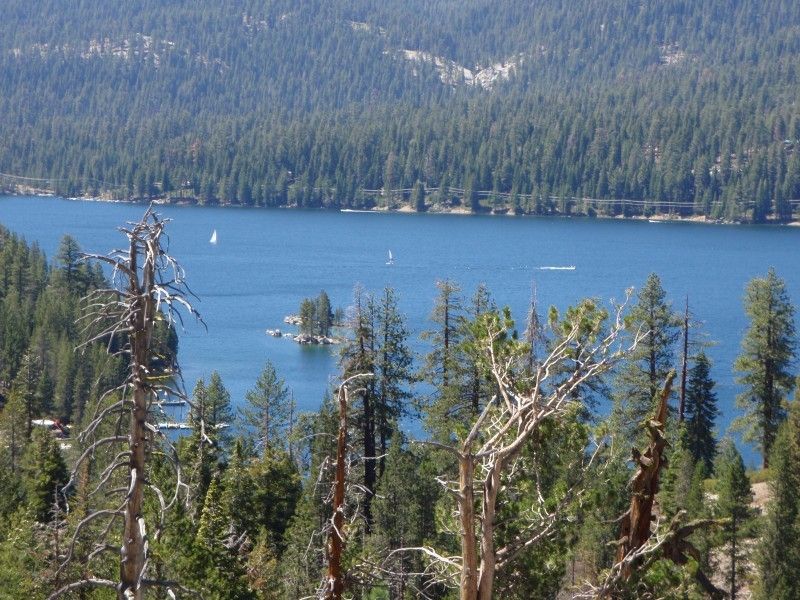
Few remember that this Sierra Nevada lake once had Olympic aspirations. In the 1950s, Huntington Lake was being groomed as a world-class sailing destination and potential Olympic venue, with developers envisioning a mountain resort community to rival Tahoe’s grandeur.
Limited accessibility proved its downfall. While investors built lodges and facilities, the remote location and challenging mountain roads discouraged casual visitors. When nearby China Peak (formerly Sierra Summit) struggled with inconsistent snow conditions, the year-round appeal diminished further.
The final blow came when larger resorts with better infrastructure captured both the competitive sailing community and casual tourists. Today, Huntington Lake remains beautiful but quiet – a ghost of the international destination it hoped to become.
7. Shaver Lake: The Power Company Town That Couldn’t Generate Tourism
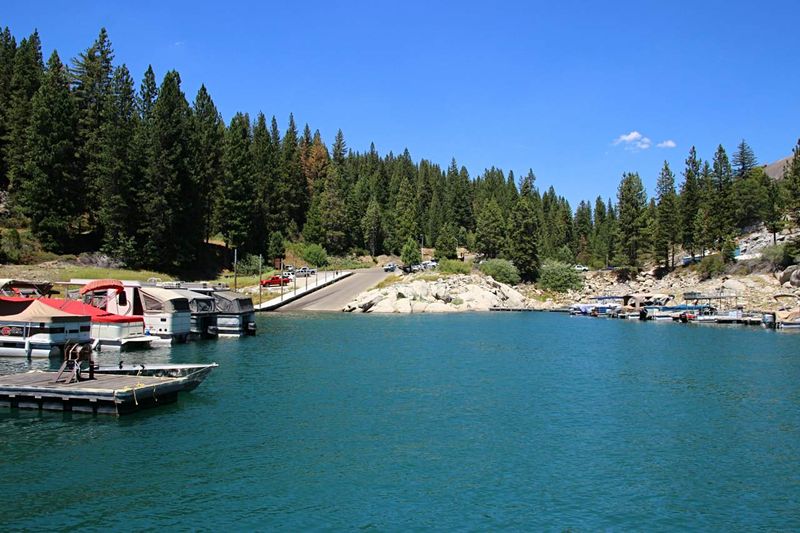
Originally developed by Southern California Edison around a hydroelectric project, Shaver Lake attempted to transform from company town to tourism hotspot in the 1970s. With its mountain setting and artificial lake, developers envisioned a four-season resort community drawing visitors from across California.
Fluctuating water levels proved problematic for tourism. As a working reservoir, lake levels could drop dramatically, leaving docks high and dry during drought years. The town’s utilitarian origins also meant it lacked the charm of naturally-developed mountain communities.
While Shaver Lake enjoys modest success as a regional destination, its industrial beginnings and functional rather than recreational design prevented it from capturing the magic that makes Tahoe special. The power company’s practical approach to development simply couldn’t generate the tourism voltage needed.
